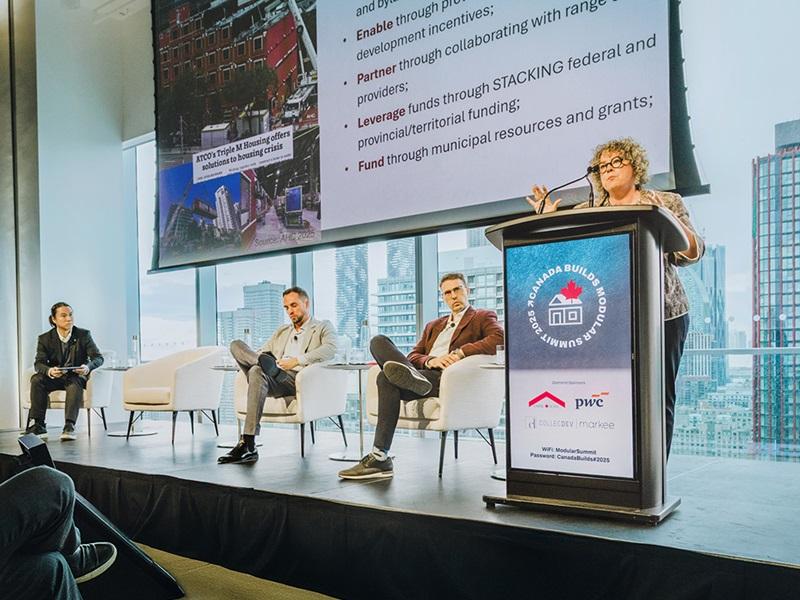Housing affordability has become one of, if not the biggest, challenges facing Canadians today.
A recent study by National Bank of Canada ranked Ontario as the least affordable province when it comes to housing. The province is known for having some of the highest housing prices in Canada, with Toronto consistently ranking as one of the most expensive cities in the country for real estate.
While Ontario also has higher average incomes compared to some other provinces, the cost of living — especially housing costs — has outpaced income growth, making affordability a challenge for many residents.
But beyond the pricier Greater Toronto Area markets and into other regions of the province, you’ll find some more affordable pockets. In fact, Statistics Canada reported last year that 100,000 people left the Toronto area in search of affordable housing elsewhere, with 78 per cent choosing to settle in other parts of the province over a one-year period.
Shining a light on affordability
Wahi analyzed 245 housing markets, including 50 cities, across Ontario to help aspiring homebuyers see where they could afford a home based on the median home price and the household income required.
For those markets where the median home price is affordable, the income required is based on a few assumptions:
- a 20 per cent down payment;
- a mortgage rate of 5.24 per cent; and
- a 25-year amortization period.
In addition, to meet the affordability threshold, households shouldn't be spending more than 25 per cent of their pre-tax income on monthly mortgage payments.
Our analysis uncovered only 19 out of 245 real estate markets in Ontario that are affordable with the province’s average household income of $100,000 and with a 20 per cent down payment. While the data highlights the challenges facing many households throughout the province, it also gives first-time buyers valuable insight into places where home prices are more affordable.
Ontario cities you can afford with a household income of $125,000
For those with a household income of $75,000, Deep River — a small town on the Ottawa River in Renfrew County — was the only affordable option.
However, increasing the household income to $100,000 — which is just above the average for Ontario — opens the door to 19 markets. These are generally smaller towns in rural areas, although one city — North Bay — is still affordable for those households on the cusp of a six-figure income.
However, if you have a higher household income of $125,000, there are 57 affordable local markets to choose from. There are also considerably more urban options available, including five out of the province’s 50-plus cities.
Greater Sudbury, Port Colborne, Ottawa (Bells Corners), Windsor and Cornwall were each priced within reach of households that take home $125,000 annually.
For larger cities like Ottawa and Toronto, Wahi has broken them down to smaller submarkets. Ottawa is by far the biggest city available to homebuyers in this income range, but it’s worth noting that other parts of the city (the core, as well as Barrhaven, Orleans and Vanier) require an income of $150,000.
For those markets with higher home prices, it’s important to keep in mind that just because the median home price is unattainable at a given income level, it doesn’t mean homebuyers should give up their search in those areas. The median home price is the middle number among all transitions, meaning half the homes in that market sold for less than the median price.
Understanding the average income levels in different regions of the province can help you determine whether your income aligns with the cost of living in a particular area, but there are other factors to consider when assessing where you can afford to live.
Beyond the cost of the home itself, homebuyers also need to think about what it will cost to renovate, if necessary, and furnish the home. And let’s not forget recurring costs, which include monthly mortgage payments, property taxes, insurance, utilities, maintenance, etc.
While the research highlights the challenges facing many households throughout the province, it also shines a spotlight on local housing markets that homebuyers might not have considered. Wahi’s Roadmap to Housing Affordability: Ontario Edition can help you determine which parts of the province are within your homebuying budget.










